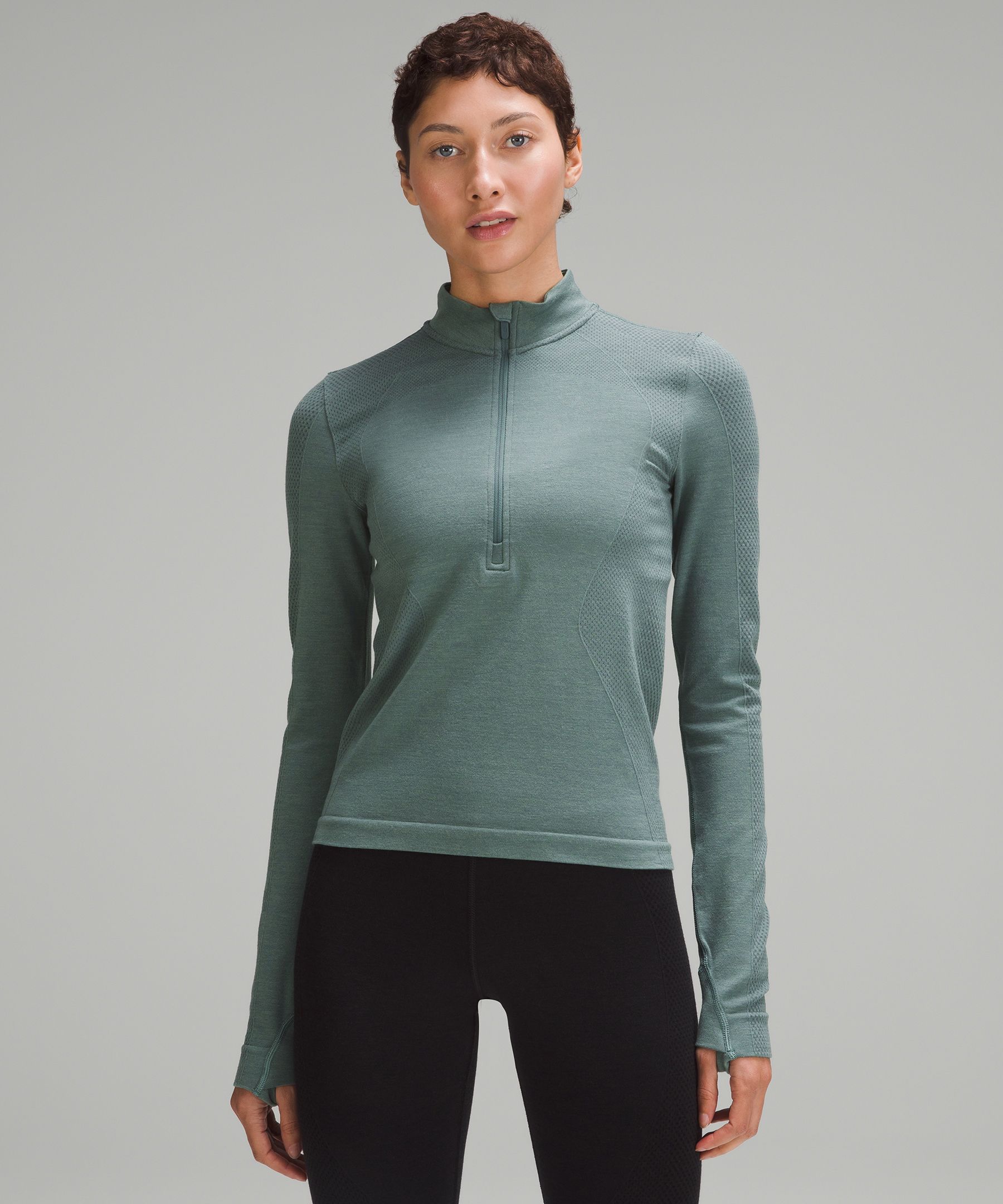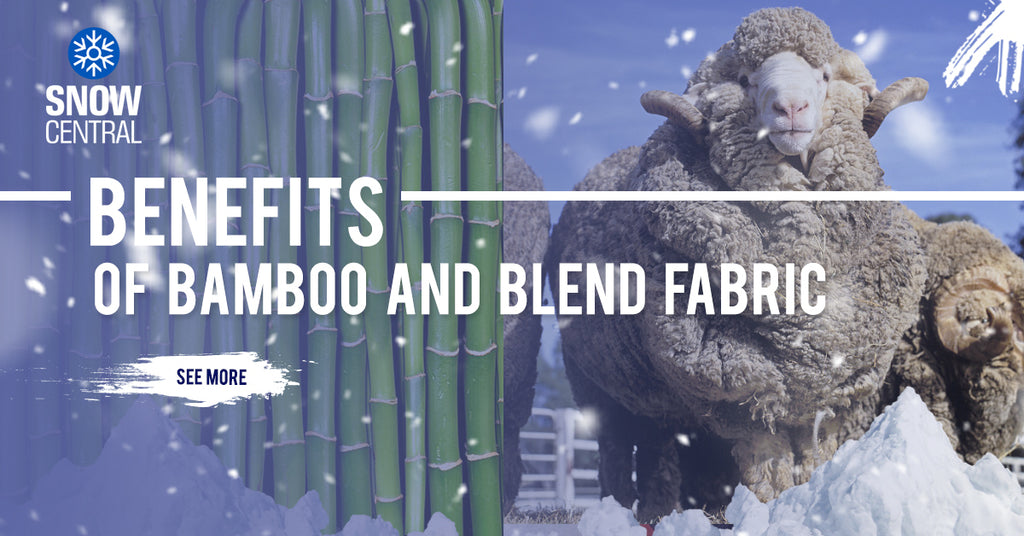Updated Merino Wool Base Layer Blog
What Makes Yak Merino Wool Base Layers So Effective For Winter Sports Clothing In Terms Of Temperature/Warmth Regulation? Moisture Management. Comfort. Durability.Yak merino wool base layers are a top choice for winter sports clothing due to a combination of factors that improve the warmth, temperature regulation and moisture management, as well as the comfort and durability. Warmth and Temperature Regulation-
Insulating Properties Merino and Yak wool are naturally insulating. The hollow fibers of yak hold in air and offer great warmth. Merino, too, is renowned for its insulation.
Controls Body TemperatureThe fabric works together to maintain body temperature by capturing the heat during cold weather while also allowing airflow to avoid overheating in high-intensity activities.
Moisture Management-
Merino Wool's moisture wicking properties draw moisture away from your skin and distribute it to the surrounding area, preventing sweat. Yak wool also helps to transport moisture to keep the wearer dry and comfortable during intense physical activity.
Comfort-
Softness It is a soft material. Merino is known for its fine, soft fibers which are kinder to the skin. In addition, yakwool fibers are soft can also improve comfort.
Odor Resistant: Both contain antimicrobial properties that limit the growth of the bacteria responsible for unpleasant odors. They also keep the clothing fresh.
Durability-
Strength and Resilience Yak wool is a very high level of durability. When it is combined with the resilience and strength of merino fibres, the fabric is made to be strong and resistant.
Natural Fiber Benefits-
Yak, merino, as well as other renewable fibers are environmentally green.
These wools can be used for a variety of conditions of the weather.
The combination of merino and yak wool maximizes the advantages of each fabric, resulting in a fabric which excels at providing warmth, regulating temperatures, managing moisture, ensuring comfort and being sturdy. The combination of wool and yak is an excellent base layer to wear for winter sportswear, since it caters to the demands of outdoor sports in cold climates. Check out the most popular website on merino wool base layers for website recommendations including smartwool merino base layer, merino long underwear, airblaster merino ninja suit, smartwool merino 250 base layer, merino undershirt, smartwool 1 4 zip womens, minus 33 base layer, best merino base layer, ski thermals womens, ski thermals mens and more.

What Are Some Advantages Of Wearing Bamboo Clothes With Regards To Its Softness, Antibacterial Properties And Durability And Renewability?
Bamboo clothing has many advantages in terms of softness and durability.
Bamboo fabric has a luxurious and silky feel it is often compared to other luxurious fabrics, such as cashmere or Silk. It's smooth and smooth on the skin.
Antibacterial Properties
Bamboo is a natural material with antimicrobial characteristics. Bamboo contains an antimicrobial substance called "bamboo Kun." This ingredient blocks the growth of fungi and bacteria which cause odors on fabric. It helps keep it fresher longer and lessens the need to wash the fabric frequently.
Durability-
Strength - Despite bamboo's softness it can be strong and durable. Bamboo clothing is long-lasting and is suitable in a wide range of ways.
Renewability-
Rapid Growth Bamboo is a source that grows quickly, and doesn't require pesticides. Bamboo is a renewable resource that grows rapidly without the requirement for fertilizers or pesticides.
Sustainability-
Eco-Friendly Product- Bamboo is an organic material that leaves less of an environmental impact. Bamboo's rapid development, low water requirement, and the ability to grow in different climates all contribute to its sustainability.
Biodegradability-
Natural Decomposition: Bamboo clothing is able to naturally decay after the time it has been worn. This reduces environmental pollution as well as reducing the accumulation of landfill.
Hypoallergenic Qualities
The less irritation- Bamboo fabric is less prone to cause irritation on the skin or allergic reactions when compared to synthetic materials, making it a suitable option for those with sensitive skin.
Bamboo clothing comes with many attractive features, such as softness antibacterial property, durability and renewability, sustainability and the comfort. These attributes make for a pleasant wearing experience, as well as ensuring eco conscious practices. Follow the top bamboo clothings advice for blog advice including bamboo ladies pants, carter's bamboo pajamas, t shirts bamboo, bamboo ave shorts, halloween bamboo pajamas, dixxon bamboo shirt, bamboo sun hoody, boody clothing, bamboo under wear, mens boxer shorts bamboo and more.

What Is The Difference Between Wool And Merino Clothing?
Compare the texture, warmth and absorption of bamboo, merino and traditional wool clothes.
Merino Wool- Merino wool is known for its softness and fine fibers. It offers a smoother and less scratchy texture when compared to wool that is traditional. It is frequently regarded as more comfortable to the skin.
Clothing that is made from bamboo- The bamboo is a smooth, silky fabric that's often likened to silk and cashmere. Bamboo has a smooth and soft texture, providing a comfortable wearing experience.
Traditional Wool – Traditional wool has various textures. Some might be more coarse than others, causing itching, discomfort or irritation when compared with clothing made of wool.
Warmth-
Merino Fiber- Merino fibre is known for its exceptional insulation properties. It holds heat even when damp, and is an effective insulation for colder climates.
Bamboo Clothing is warm, however it isn't as much insulation as wool. It regulates the body temperature and provides comfort under various conditions.
Traditional Wool- Similar to wool from sheep that is merino wool traditionally provides warmth and insulation. Traditional wool is heavier than bamboo and merino clothing.
Moisture Absorption-
Merino Wool Merino Wool, with its remarkable ability to wick moisture removes moisture from the skin and lets it evaporate. It is warm even when wet.
Bamboo clothing - Bamboo fabrics can also absorb moisture, providing comfort for exercise. It is a good moisture-regulating material, which keeps the skin dry.
Wool - Traditional wool is a natural fiber that can absorb moisture but may not possess the same moisture-wicking properties as bamboo or merino. Certain types of wool may feel damp or heavy when they are wet.
Merino wool is known for its warmth, softness and moisture-wicking capabilities. Bamboo clothing has a smooth texture and is warm with good moisture control. Traditional wool may have distinct texture, offer warmth and moisture absorption, however they are more coarse or heavier when compared to bamboo or merino clothing. Each material is unique and is suited to different requirements. Check out the best my review here for merino winter clothing for website recommendations including smartwool 1 4 zip, merino ninja suit, smartwool 250 women's, wool base layer mens, smartwool merino 250 base layer, smartwool 250 base layer, ll bean merino wool base layer, baselayer bottom, wool long underwear women's, ski layers and more.
